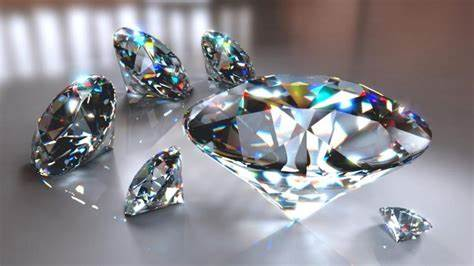
What Types Of The Fake Diamonds Are There? An Ultimate Guide In 2022
When something is called “fake,” it immediately comes off as being cheap or pointless. However, it does not describe a diamond as being inexpensive or pointless with regard to fake diamonds. The crystallographic makeup of fake diamonds differs from that of genuine diamonds. In reality, allegedly fake diamonds are imitations of other gems, jewelry, or artificial objects. Because their traditional diamond simulation is much more affordable than it once was, they are more well-known now. Fake Diamonds are divided into two types i.e simulated diamonds and synthetic diamonds.
In this article, you will discover the kinds of fake diamonds and how to differentiate them from real ones. So let’s get started.
Table of Contents
What Is A Simulated Diamond?
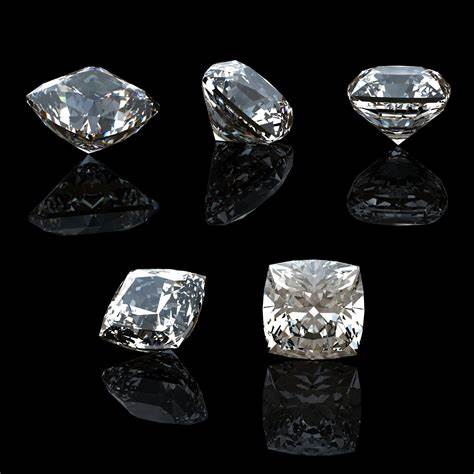
A stone that resembles a natural diamond in terms of its gemological properties is referred to as a diamond simulant, also known as an imitation diamond or diamond substitute. As the name implies, imitation diamonds are used in jewelry making to resemble natural diamonds. Diamond replicas can be produced both naturally and artificially. A skilled gemologist with the proper equipment can always distinguish between a synthetic diamond and a real diamond just by looking at them.
Diamond imitations always differ from diamonds in chemical composition and physical characteristics, although they may appear similar to the real thing. YAG (yttrium aluminum garnet), rhodium, Moissanite, white sapphire, GGG (gadolinium gallium garnet), cubic zirconia (CZ), rutile, strontium titanate, and spinel are some of the most popular synthetic substitutes.
What Are Lab Diamonds?
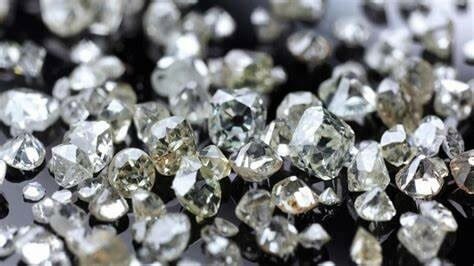
Although lab-grown diamonds, also known as manufactured, cultured, or cultivated diamonds, are not exact replicas of natural diamonds, they are so similar to them chemically that it is nearly impossible to tell them apart from the naked eye. In addition, synthetic diamonds share the same physical properties as natural diamonds, including the same hardness and refractive index. Since a lab diamond is produced using extremely high temperatures and pressures, just like a real diamond, it is less expensive and, therefore, more desirable to buyers. The primary distinction between laboratory-grown and naturally occurring diamonds is that the former is produced in labs, whereas the latter is mined from the ground. You can only test it by bringing it to an experienced jeweler who can determine it by carefully scrutinizing the inscription.
Types of Fake Diamonds
There are numerous varieties of simulated or synthetic diamonds, but the following few are the most common;
● Spinel
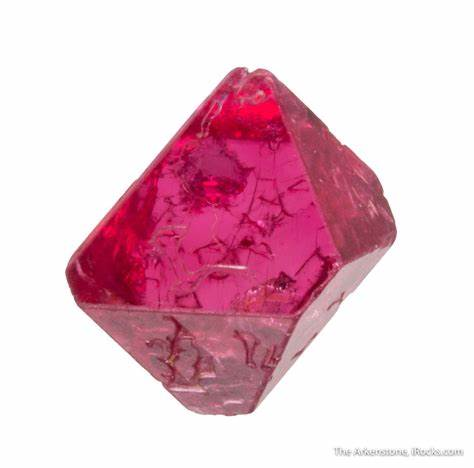
It is the perfect mineral for daily wear because there is little chance of ring or jewelry damage due to its high resistance to physical weathering. The hues of this mineral range from red to blue to green to brown to black to white. The price of a one-carat spinel ranges from $550 to $1,300 due to its striking resemblance to the magnificent ruby. Since white spinel is transparent and colorless, it can imitate diamonds. Even though spinel has never been sold, it is less common than diamonds, despite being rarer. Their hardness ranges from 6.5 to 9, which isn’t too bad.
● Cubic Zirconia
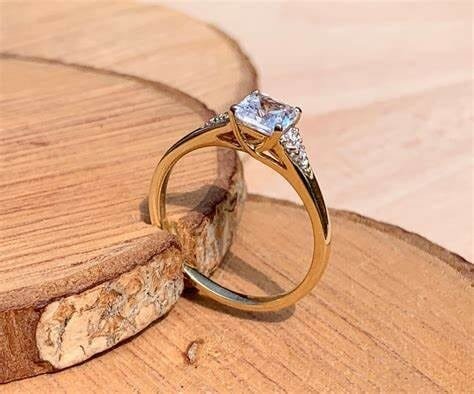
It is one of the most frequently used alternatives to diamonds. It is a synthetic form of zirconium dioxide. A carat of cubic zirconia crystals costs only $25, as opposed to the market price of $2,300 for a carat of genuine diamonds. It is a tough synthetic diamond that ranges in hardness from 7.0 to 9.0 on the Mohs scale. Although cubic zirconia is a common jewelry material and less expensive than diamonds, it is also prone to scratches, which causes it to lose its brilliant clarity gradually.
There are many different watch brands that cater to women, and it can be tough to decide which one is right for you.
Here is a list of some of the best watch brands for women, based on style, quality, and price:
1. Michael Kors:
Michael Kors is a popular designer brand that offers a variety of stylish and chic watches for women. The watches are made with high-quality materials and craftsmanship, and they come in a range of styles to suit any taste. Prices start at around $100.
2. Fossil:
Fossil is another great option for stylish and well-made women’s watches.The brand offers a wide variety of designs, from classic and sophisticated to fun and trendy. Prices start at around $60.
3. Timex:
Timex is a trusted name in watches, and their women’s watches are no exception.They offer a wide selection of styles at very reasonable prices, starting as low as $30.
4. Seiko:
Seiko is known for making high-quality timepieces, and their women’s watches are no different. They offer both dressy and casual styles to suit any taste or occasion, and prices start at around $100.
5. Citizen:
Citizen makes beautiful yet affordable watches for women that are perfect for everyday wear.
● Moissanite
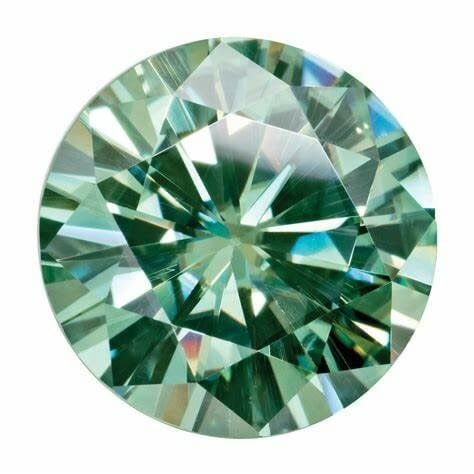
A physicist, Henri Moissan, discovered gem particles in 1893 in a meteorite crater, so they were called “born of the stars.” This diamond-like crystal is one of the best imitations on the market. At $300 per carat, Moissanite is twice as expensive as the other diamond imitators while providing the same brilliance. Although it is not unbreakable, the stone’s Mohs scale rating of 9.5 is thought to make it a stone that will last forever.
● White Sapphire

These stones might be found in mines in Thailand, Australia, Tanzania, Sri Lanka, and Cambodia. The highest-quality white sapphire, in high demand, is produced in Sri Lanka. At 7.5 on the Mohs scale, white sapphire is more challenging than natural diamonds. Excellent-grade white sapphires can cost between $400 and $100 per carat. White sapphire occasionally appears cloudier and duller, requiring frequent cleaning to maintain its brilliance. They are naturally occurring stones that are unusually transparent and clear in color. It’s clear white body color, however, attracts a lot of jewelry producers and buyers.
● Zircon
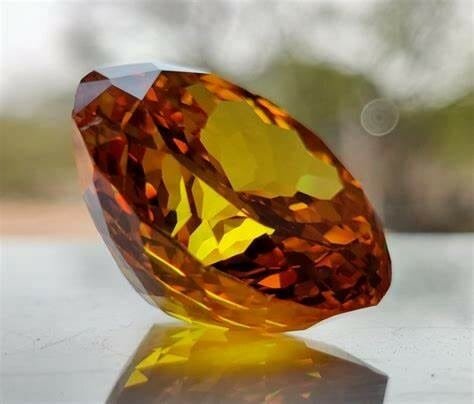
Since about 2500 years ago, it has been in use. It is made of the colorless mineral zirconium silicate. Zircon is a hardy and durable mineral frequently used in the tile, sanitary, and dinnerware industries. Zircon crystals come in various colors and are a natural alternative to cubic zirconia.
A zircon carat may sell for $70 to $450 on the market, which is significantly more expensive than cubic zirconia, depending on its color and quality. These crystals, an organic component of rocks, come in various hues, including brown, blue, red, green, yellow, and blended.
● Synthetic Garnet
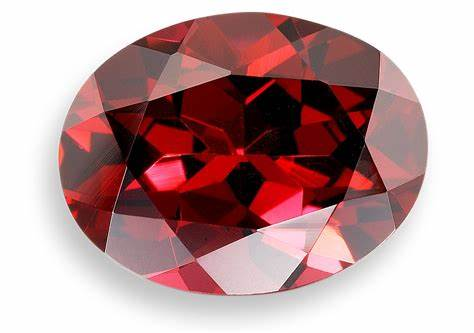
A carat of this synthetic mineral can range from $700 to $1,000 depending on its cut, clarity, and color. Not all artificial garnet varieties are suitable for use as diamond substitutes. Only the grades of Yttrium Aluminum Garnet (YAG) and Gadolinium Gallium Garnet (GGG) have characteristics that are similar to those of diamonds. Depending on the manufacturing process, these diamond simulators range in hardness from 8 to 9.
● Rutile
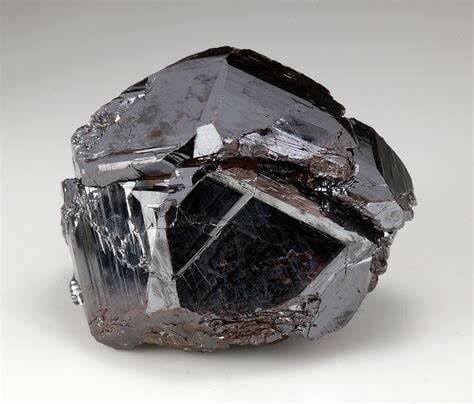
Titanium dioxide is used in its production under high heat and pressure. Rutile can be purchased for US dollars per carat in Norway or the Alps. Although it naturally has red and brown tones, this mineral can be transformed into a colorless gem to replace diamonds. It is a typical diamond imitation, ranging in hardness from 6 to 6.5 and prone to scratches. It frequently coexists with kimberlites, deep-formed plutonic rocks, and volcanic rocks.
● Glass
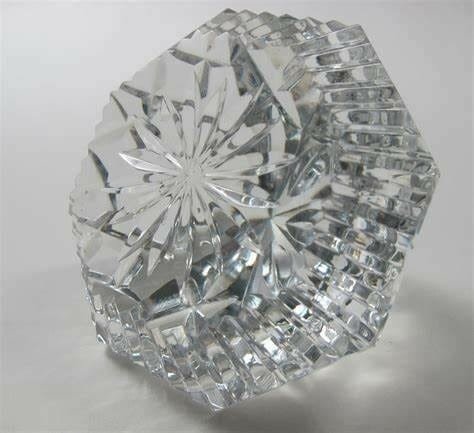
Glass has been used to imitate diamonds despite being readily available and reasonably priced.
Flint glass is made with lead alum and thallium, which improves its dispersion properties. Vintage jewelry frequently uses rhinestones and imitation glass. Glass only has a hardness of 6, making it extremely brittle, so this fake diamond will inevitably get scratched and hurt. When viewed from a distance, glass diamond imitations appear visually appealing but shine much less brightly than natural diamonds.
Methods to Tell a Fake Diamond from a Real One
1. Mouth-Smacking Method
Due to the diamond’s thermal properties, which make its icy sensation extremely subtle and challenging to describe, some seasoned experts may be able to recognize a natural diamond by pressing it against their tongue.
2. The Line Examination Test
The line test is conducted by placing a single black line drawn on paper over a stone. Looking through a fake diamond makes the line test much more apparent. Place a diamond over the black line and watch it vanish. A diamond causes white light to bend as it passes through.
3. Examine the Facet of Diamonds
Diamonds have a sharper appearance and keep their sharpness over time. On the other hand, numerous imitation stones, including Cubic-Zirconia, have more rounded edges on each facet when compared to diamonds. This will be evident when using a 10X jeweler’s lens to compare a diamond and a CZ.
4. Scratch Test on Diamond
Sandpaper and other abrasive materials can damage diamond imitators but not natural diamonds. Consequently, we call this test the “Scratch Test.” It is advised that any object should not be subjected to this test unless there is no risk to the subject. Most expensive metals are easily scratched, so exercise caution when performing this test.
5. Determining the Weight of a Diamond
By simply weighing your loose diamond, you can determine its authenticity. Using the sizing chart on our website, you can compare the size and weight of your diamond.
6. Check the Flaws of Diamond
Numerous artificial or “simulant” diamonds have the same appearance as flawless, pure white, brilliant diamonds. You might have a fake diamond if it is white and free of minor flaws. Another possibility is that you are holding a priceless diamond.
7. Fog Test For Diamond
Specific diamond experts may use a breath test to differentiate between real and fake stones. Heat conductivity causes the liquid to condense into tiny beads when you gently breathe on a diamond, which then quickly evaporates. Diamonds are the world’s top heat conductors.
8. Coexistence of Diamonds in Both Forms
Most naturally occurring diamonds have internal imperfections called inclusions. If there are minor flaws inside your diamond, it is likely real and not fake. We can determine the purity of a diamond by ten-folding its size. Frequently, less expensive jewelry will contain diamonds with more distinctive inclusions. Intriguingly, black diamonds contain numerous internal inclusions. Consequently, both natural and artificial black diamonds are available.
Temperature Effect On Diamond
Diamonds hardly ever get scuffed, worn down, or rubbed. Diamonds can occasionally appear “smoked” when they burn at high temperatures because skin forms on the stone that needs to be removed by polishing. An unpolished diamond reflects less effective light and has a dull surface.
9. Favorable For Engagement Rings

All of a diamond’s life, its facets remain perfectly polished and razor-sharp. With the aid of a magnifying glass or jeweler’s lens, it is possible to see this complexity. They consequently function better in engagement rings than other stones. Diamonds, however, typically don’t tolerate scratches well unless they come from another stone of the same type. While there are many other types of fake rings as well.
10. Use an Imitation Diamond Tester.
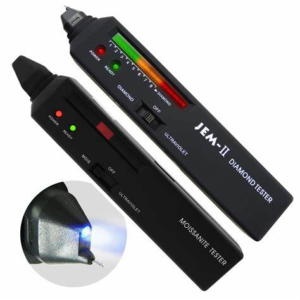
Diamond lovers have tried out various electric diamond testers over the years. These valuable instruments make it much easier to test a diamond. Some diamond tester pens also can find Moissanite and other gems. A diamond tester should cost at least $80 to $100. Avoid purchasing cheap versions because they cannot identify a fake diamond.
Fake Diamonds: Frequently Asked Questions
What is the closest substitute for a natural diamond?
A lab-grown diamond is the best alternative to a natural diamond because it is just as beautiful, costs about half as much, and doesn’t harm the environment.
Which diamond substitute offers the best value?
Diamond alternatives are expensive, but Moissanite is the most luxurious and economical choice. It is as durable and rugged as a diamond.
What advantages do diamond engagement rings offer?
A diamond is the most durable gemstone to use in an engagement ring. Your future fiancé will enjoy wearing it.
Can you scratch a diamond with another diamond?
Yes. A diamond will leave surface scratches on another diamond. As a result, diamond dealers keep larger diamonds in various containers.
Is a hammer strong enough to break a natural diamond?
Diamonds have excellent abrasion resistance but can still be broken and chipped with enough force.
How exactly are diamonds treated?
It is possible to treat diamonds to change their color or purity. These diamonds frequently cost significantly less than untreated diamonds. The following are a few examples of how to treat diamonds:
- Use acid-filled laser drill holes to remove black impurities.
- Glass filled with resin has been used to create diamonds to hide flaws.
Conclusion
Fake diamonds are becoming more common, and this trend will not stop soon.
Fake diamonds are more expensive when compared to natural diamonds, which has given rise to concerns about their use in jewelry. This article’s lesson is that even though there are many fake diamonds available since they have been chemically altered in some way and manufactured, this does not lessen their allure. Whether artificial or natural, diamonds continue to be the best friend of girls, in our opinion. We hope this article helped you learn about fake diamonds and how to distinguish them from real ones. If you have any questions, kindly let us know in the comments. We are eager to read them.
Infographic provided by Grown Brilliance
